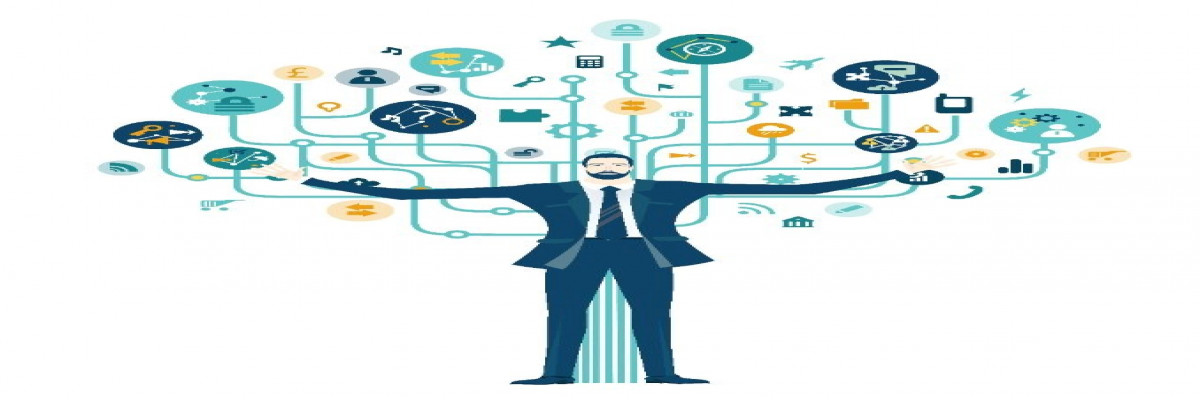5 Critical Considerations Impacting First- and Third-Party Data Decisions

Blog post By Paula Chiocchi on 2022-06-22
It’s not very controversial to say the most critical factor for successful marketing today is data. The digital world has taken over and no matter how creative or clever your advertising might be, it doesn’t mean anything if the right eyes don’t see it.
As a B2B marketing data provider, I’ve witnessed first-hand how changes to third-party tracking cookies and increased data security have left many marketers grasping at straws. I’ve heard people point to first-party data as the solution, with some strategists saying it should be the primary focus. Data that a company collects from its customers and prospects avoids the issue of relying on tracking cookies, but is it the best data to use for growing your customer base?
In my experience, both types of data can fuel business growth. But to get the best results, you have to know when and how to use them. Recently I had the opportunity to share my thoughts in Forbes on the most important areas to consider for both types of data -- with the pros and cons for each. I compared them across these five factors:
- Cost
- Ownership
- Quality
- Reach
- Privacy
Ultimately, the best marketing strategy is to use both first- and third-party data. As data privacy concerns and regulations grow, along with the removal of tracking cookies, businesses will benefit from collecting their own first-party data. But it’s not enough. Unless your business is operating at a massive scale already, first-party data will fall short of the depth and reach needed for successful acquisition campaigns.
Third-party data from an identity graph solves many privacy concerns and provides even greater reach by pulling from multiple quality sources. Combined with intent data, it enables business growth by targeting the right audiences who are ready to buy.
For a deep dive into the pros and cons of first- and third-party data, with insight on when and how to use each one, you can take a look at the complete article here.
Over 75 million of OMI’s 80 million manager-level and above contacts are matched to the LiveRamp RampID graph, including 65 million records from our SMB and medical market databases. Contact us today to learn more about building a custom audience.
DOWNLOAD YOUR FREE ebook
At OMI, we believe good things happen when you share your knowledge. That's why we're proud to educate marketers at every level - in every size and type of organization - about the basics of email marketing and the contact data that powers it.
-
The Executive's 15-Minute Guide to Building a Successful Email Marketing Database
-
A 15-Minute Guide to Fortune 2,000 Businesses and Executives
-
Five Best Practices for Using Email Marketing to Target SMBs



